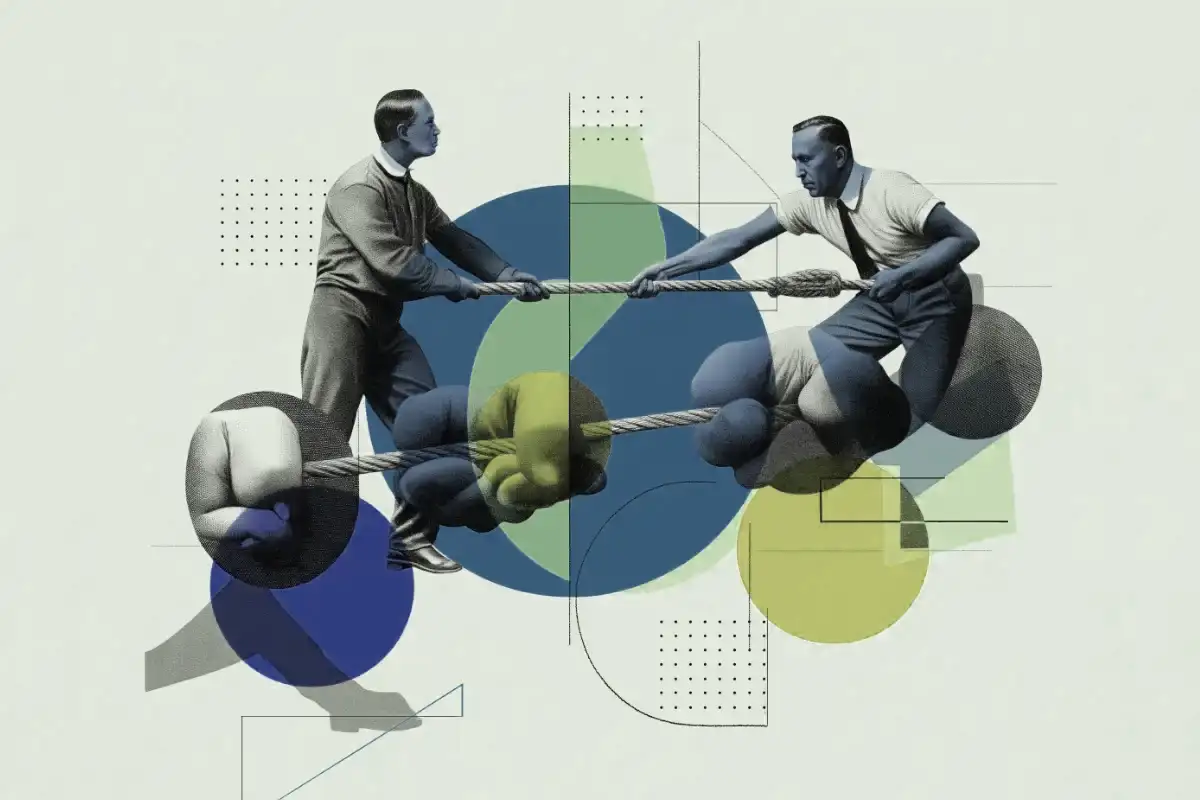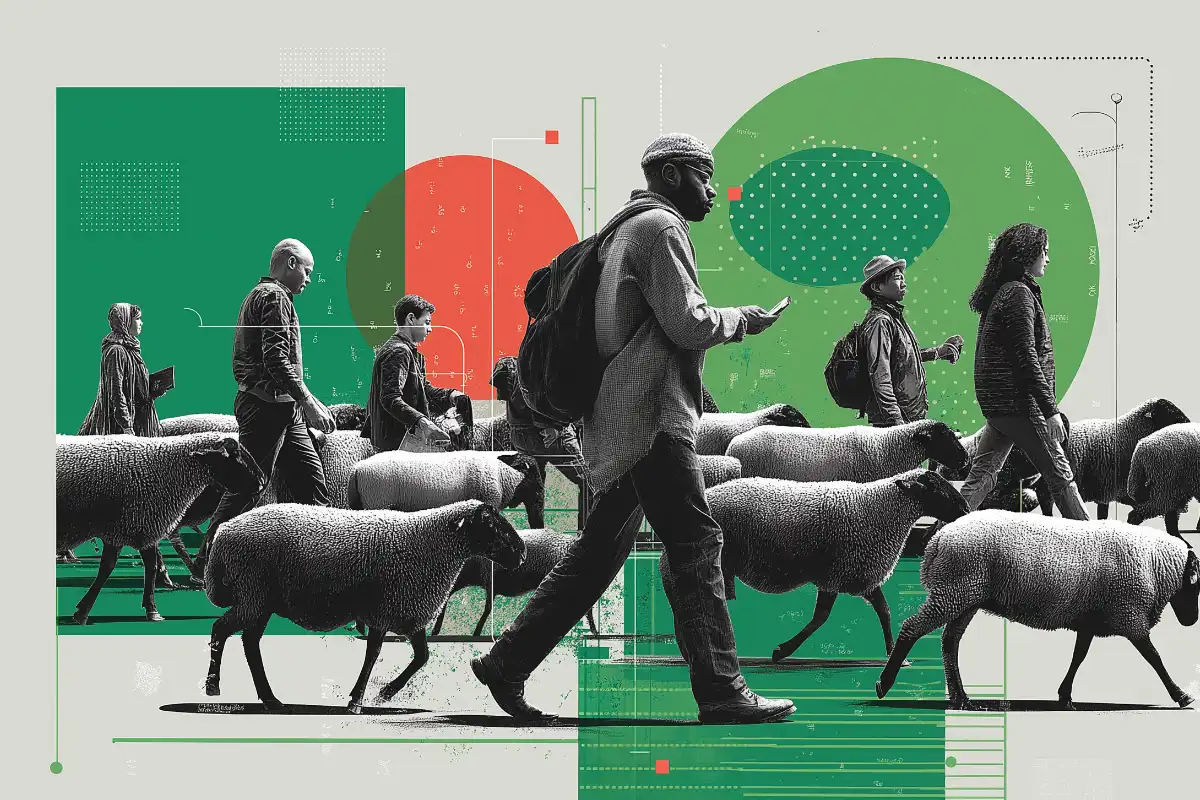It sounds ambitious, democratic, even noble. But as any product manager who’s spent a week in the trenches will tell you, “everyone” is a mirage.

You chase it and end up lost in the desert, clutching a bloated feature list that could be used as a flotation device.
It sounds ambitious, I've been there. Sitting in the office, surrounded by a small team of engineers and marketers. I've watched the idea of "universal appeal" morph from a rallying cry into a source of confusion and, occasionally, existential dread. As the only product manager and designer, I have to translate that vision into something actionable. Spoiler: "Everyone" is not actionable, democratic, or even noble. But as any product manager who's spent a week in the trenches will tell you, "everyone" is a mirage.
The persona farce:
When demographics go rogue.
Building personas is supposed to help. In theory, you create a few fictional customers- give them names, faces, and a backstory- and suddenly, you're designing for real people. Except, somewhere along the way, personas became parodies. "Meet Jill, 23, loves yoga and EDM, wants a car that matches her shoes." You're not alone if you've ever rolled your eyes at a persona. The problem? We confuse surface-level demographics with actual customer needs.
Real personas aren't about age, gender, or whether someone prefers oat milk in their coffee. They're about what people try to achieve, their problems, and the emotional triggers that drive their decisions. Demographics are only helpful if they're relevant to the problem your product solves. Otherwise, they're just noise.
Empathy over demographics:
The heart of useful personas.
Here's the trick: empathy. Not the fluffy, "let's all hold hands" kind, but the gritty, practical empathy from understanding what keeps your customer up at night. As discussed in an earlier post, this is the “jobs to be done” approach. Instead of asking, "Who is our customer?" ask, "What are they trying to accomplish?"
Our team’s misadventures in persona land.
In our company, with a product straddling IoT and SaaS, we started with the usual suspects: “Techie Tom,” “Small Biz Sue,” and, yes, “Everyone.” The engineers wanted to build features for power users. Marketing wanted a broad appeal. Finance wanted to know who was going to pay us. I wanted to see why we argued whether “Tom” drives a hybrid or a hatchback.
We tried to please everyone. The result? Features that no one loved, a product message that read like a UN resolution, and a roadmap that looked like a Jackson Pollock painting. The engineers were frustrated- every sprint felt like a tug-of-war. Marketing couldn’t figure out who to target. I spent evenings rewriting user stories, wondering if “Everyone” ever actually logs in.
Turning the ship:
Experimentation, friction, & (finally) focus.
By focusing on empathy-driven personas, our product became sharper. Features had a clear purpose. Our messaging resonated with actual humans, not committee-invented caricatures. Once mired in debates, the team started working with a sense of ownership and pride. We stopped chasing “everyone” and started delighting in someone. That, it turns out, is how you win.
So next time someone says, “Let’s make it for everyone,” smile, nod, and then find the person with the real problem. Build for them. The rest will follow.
What we learned
(The hard way).
- “Everyone” is a cop-out. If you build for everyone, you build for no one. Specificity is your friend.
- Empathy beats demographics. Understand the job, the pain, and the emotion. Age and gender matter only if they shape the problem.
- Personas are living documents. Start rough, refine as you learn. If a persona isn’t helping you make a decision, it’s not useful.
- Alignment trumps consensus. True collaboration isn’t about everyone agreeing-it’s about everyone understanding the “why” and pulling in the same direction.
- Experimentation is essential. Test, iterate, and don’t be afraid to kill a persona if it’s not serving the product.
How it changed
Our product & our team.
By focusing on empathy-driven personas, our product became sharper. Features had a clear purpose. Our messaging resonated with actual humans, not committee-invented caricatures. The team, once mired in debates, started working with a sense of ownership and pride. We stopped chasing “everyone” and started delighting someone. That, it turns out, is how you win.
So next time someone says, “Let’s make it for everyone,” smile, nod, and then go find the person with the real problem. Build for them. The rest will follow.

